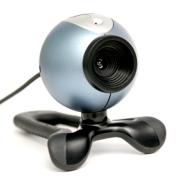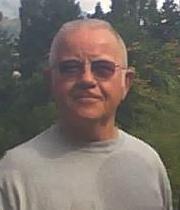Date: 2009-11-14 Time: 07:00 - 09:00 US/Pacific (1 decade 4 years ago)
America/Los Angeles: 2009-11-14 07:00 (DST)
America/New York: 2009-11-14 10:00 (DST)
America/Sao Paulo: 2009-11-14 11:00
Europe/London: 2009-11-14 14:00
Asia/Colombo: 2009-11-14 19:30
Australia/Sydney: 2009-11-15 01:00 (DST)
Where: Online Video Conference
This video conference used DimDim, now a private company.
The meeting can be replayed by clicking this link:
watch the meeting recording
Description
In 1908 when Walther Ritz propounded his emission theory of electrodynamics, he advised readers that his theory was flawed at the outset because he had not endowed his fictitious emission particles with the property of being affected by the environment. They could exert influence on charged particles but never experienced energy or momentum changes in doing so. He said that this problem would primarily manifest itself in the arena of optics (speed of light considerations). He intended to fix this problem but died in 1909 before being able to do it.
In 1965, John Fox proposed a means (in principle) of wedding Ritz�s theory to real world applications. His approach amounts to using c+v modeling in close proximity to light sources and letting extinction effects localize the speed to c ? n further away from the source (where n is the index of refraction for the transparent medium in which the light is traveling). I suspect that this may be an insurmountable mathematical process, but computer modeling of electrical charge interactions, using stochastic discrete emission particles as force producing intermediates, can be done. The good stuff will require massive computational machinery, most likely with parallel processing, but a poor man�s version of the process, at least for simple charge on charge interactions (including the braking action of bremsstrahlung) can be relized by using BASIC programming language. Two such programs will be demonstrated.



